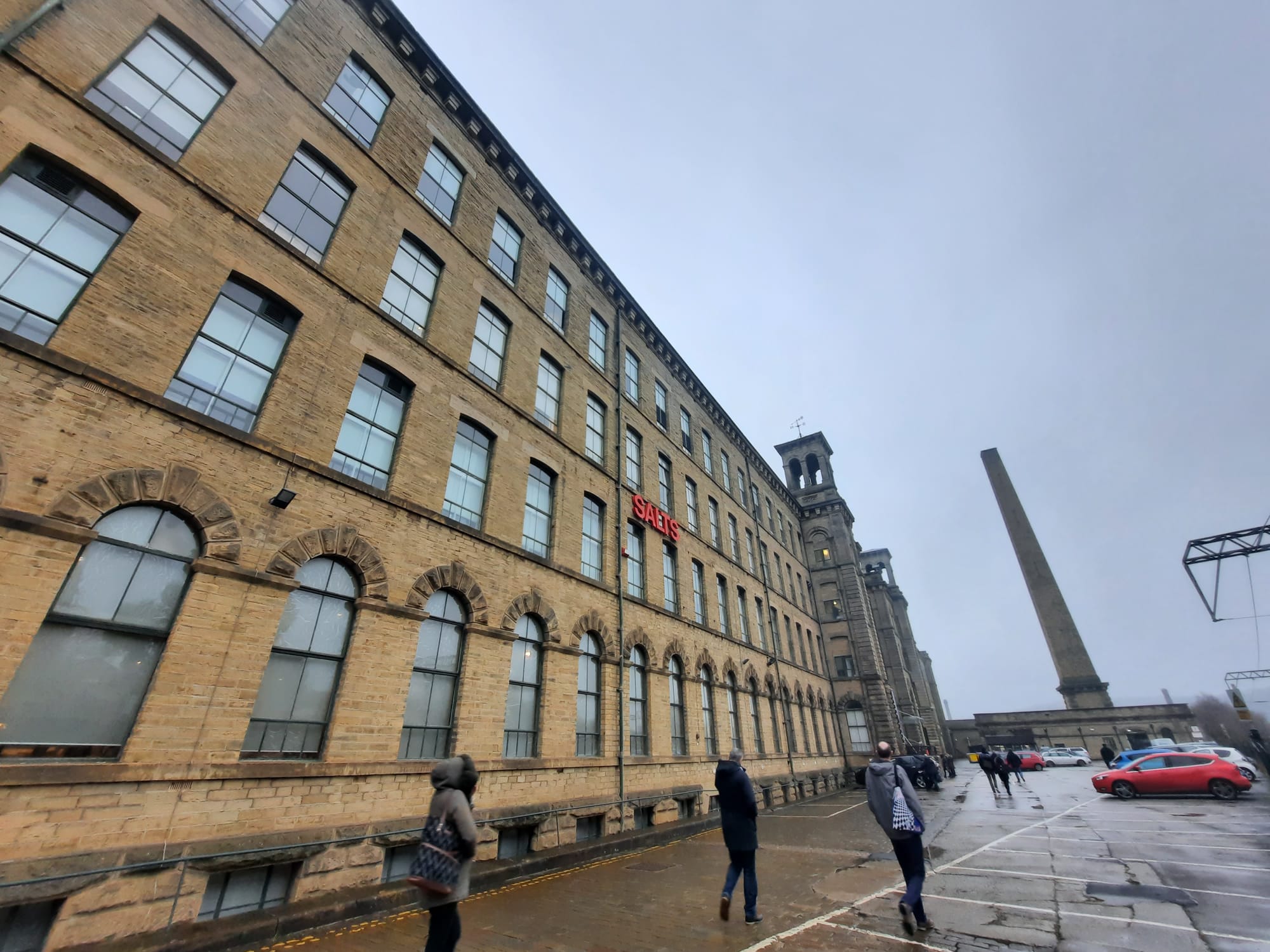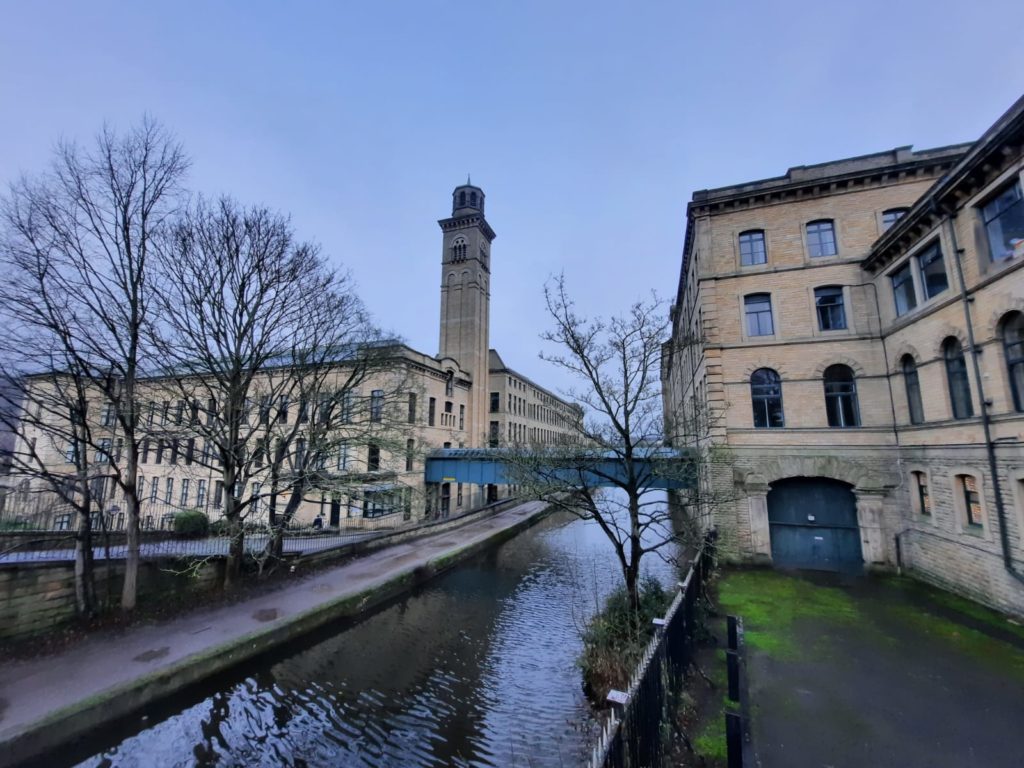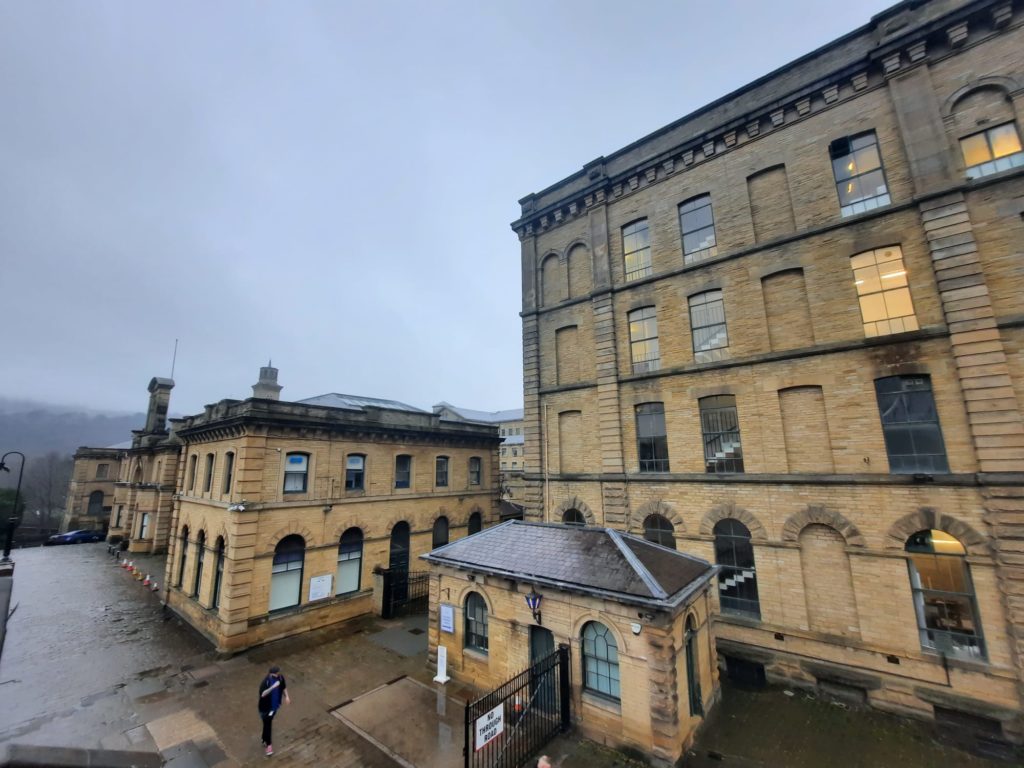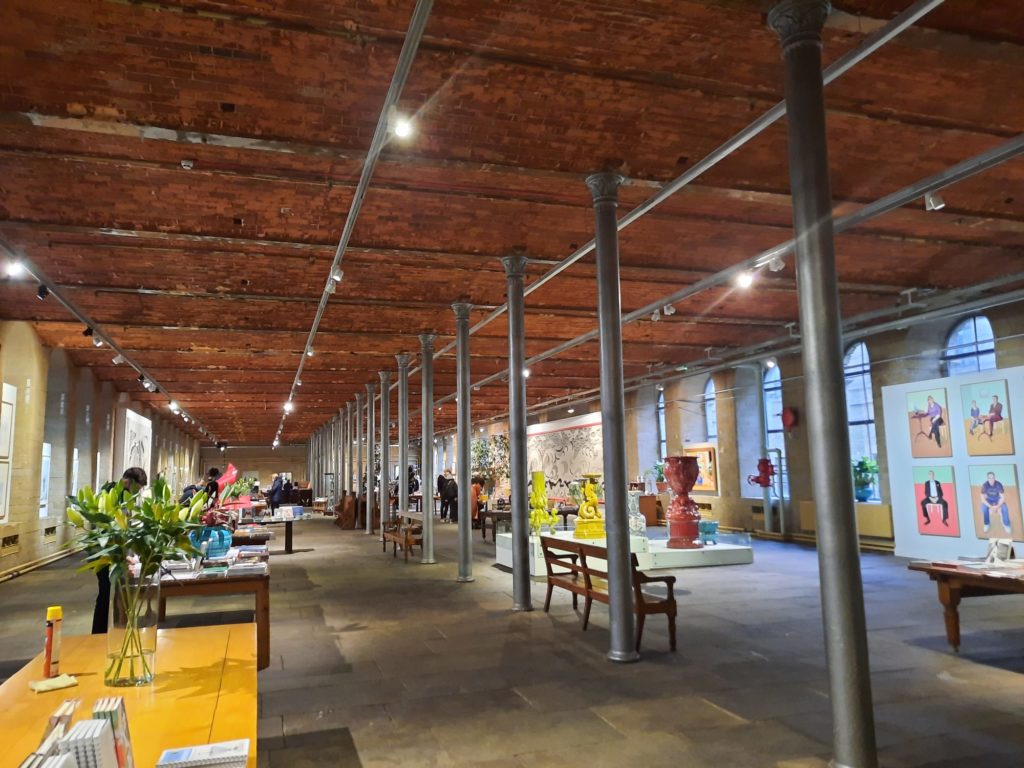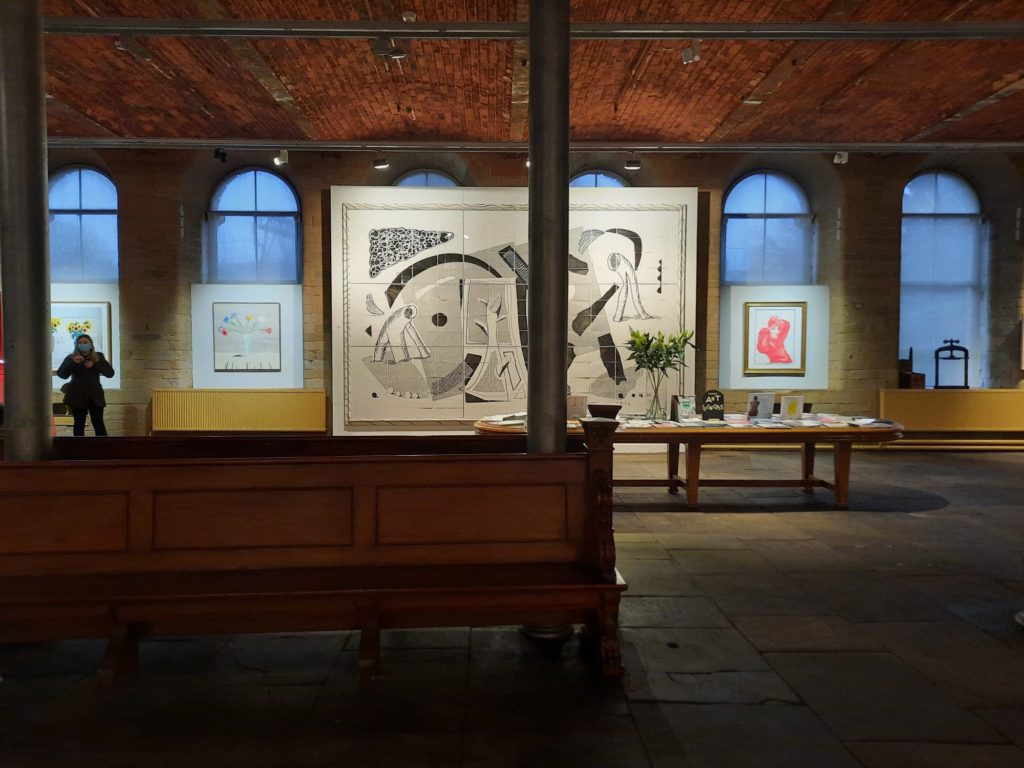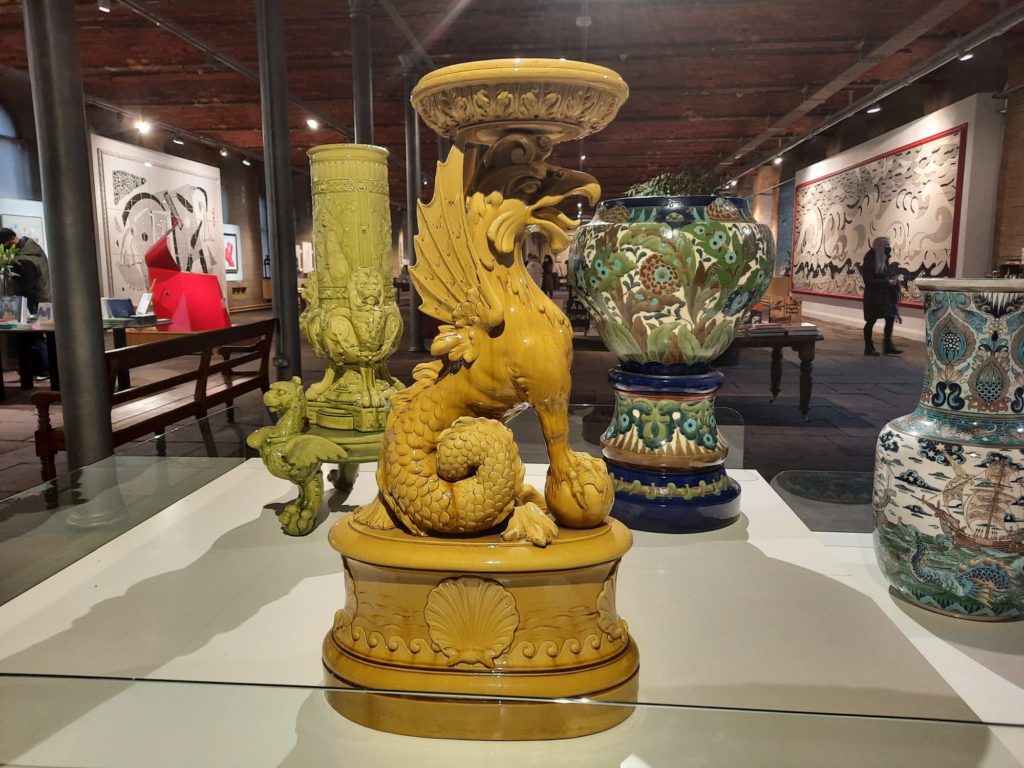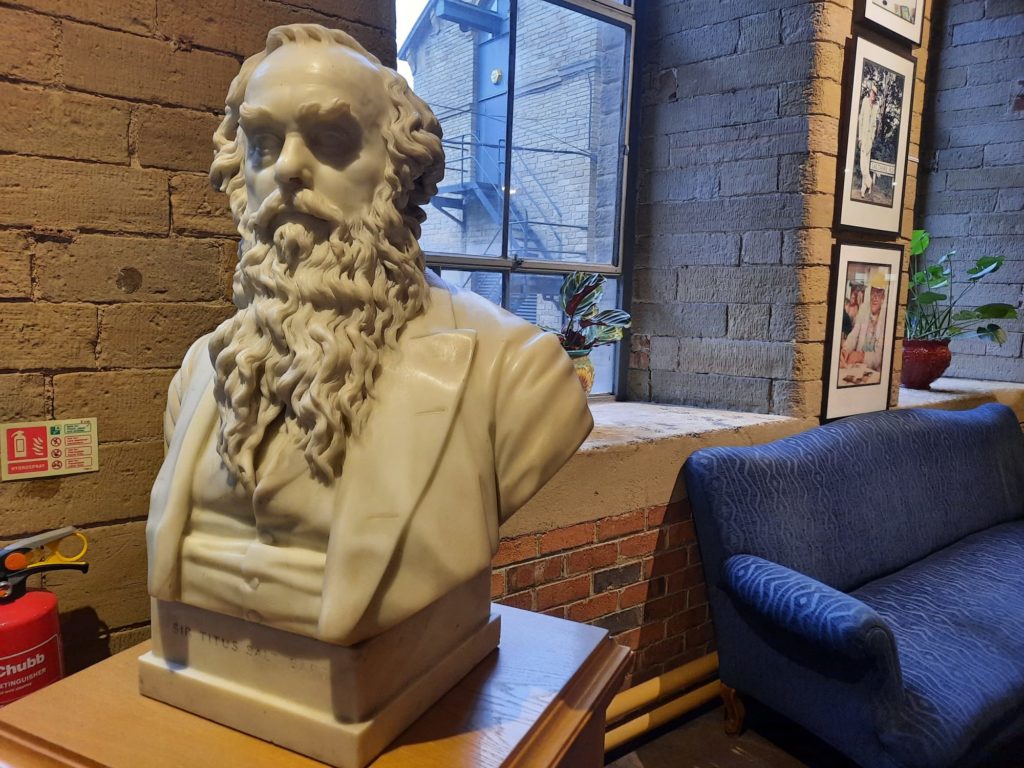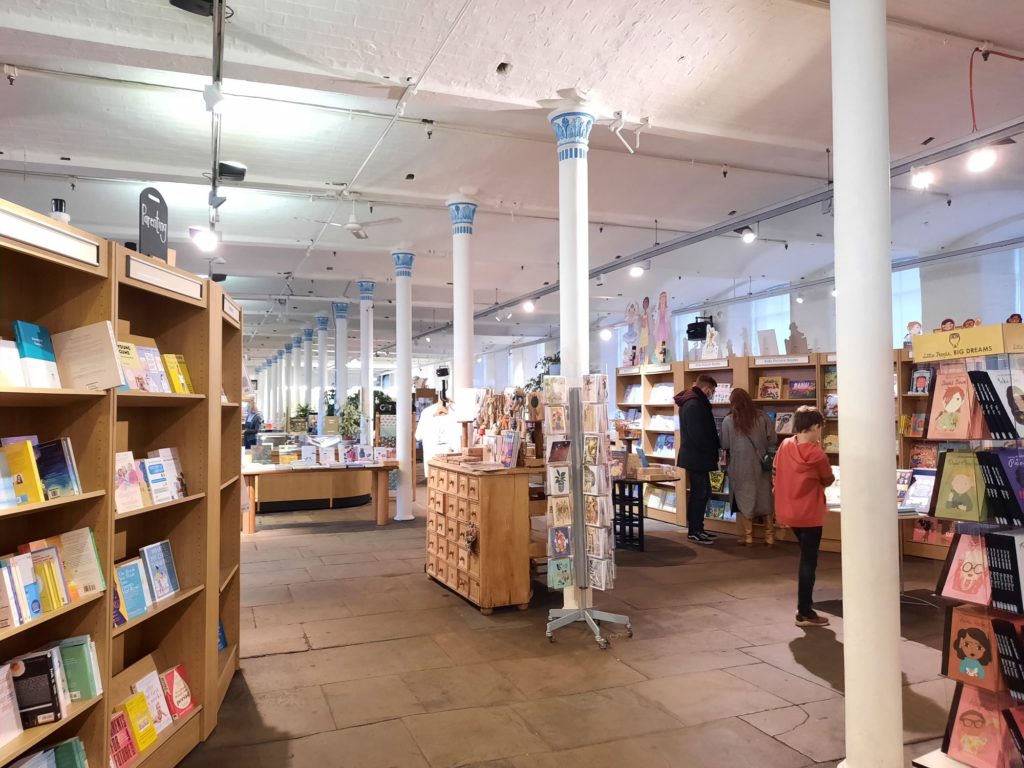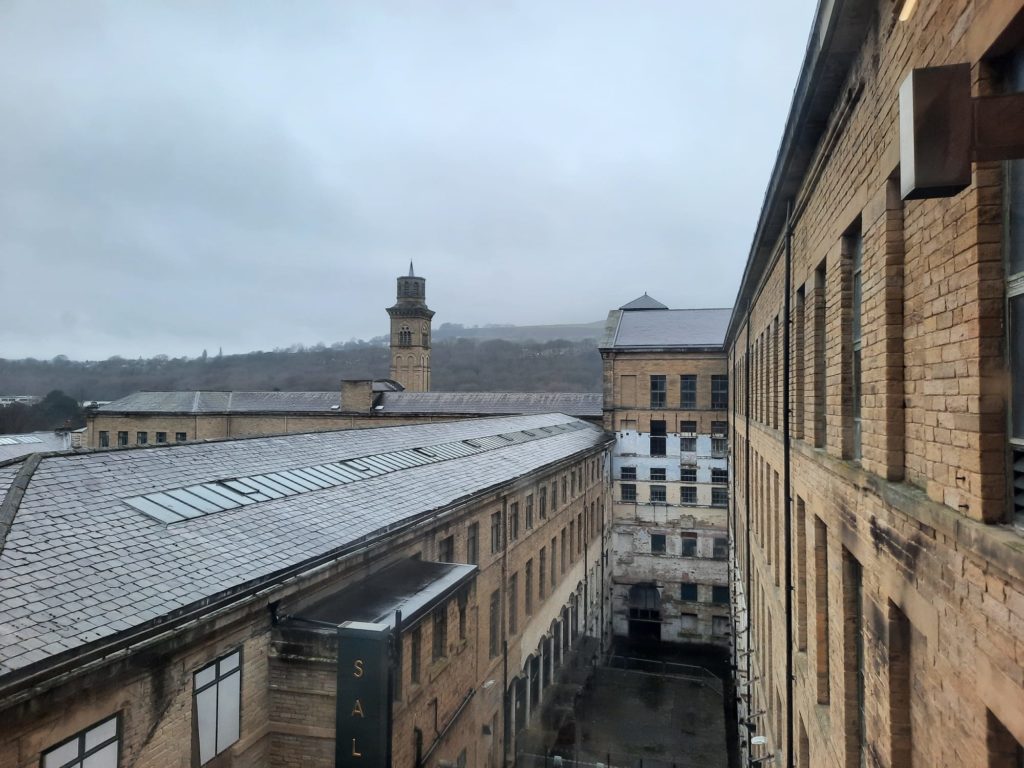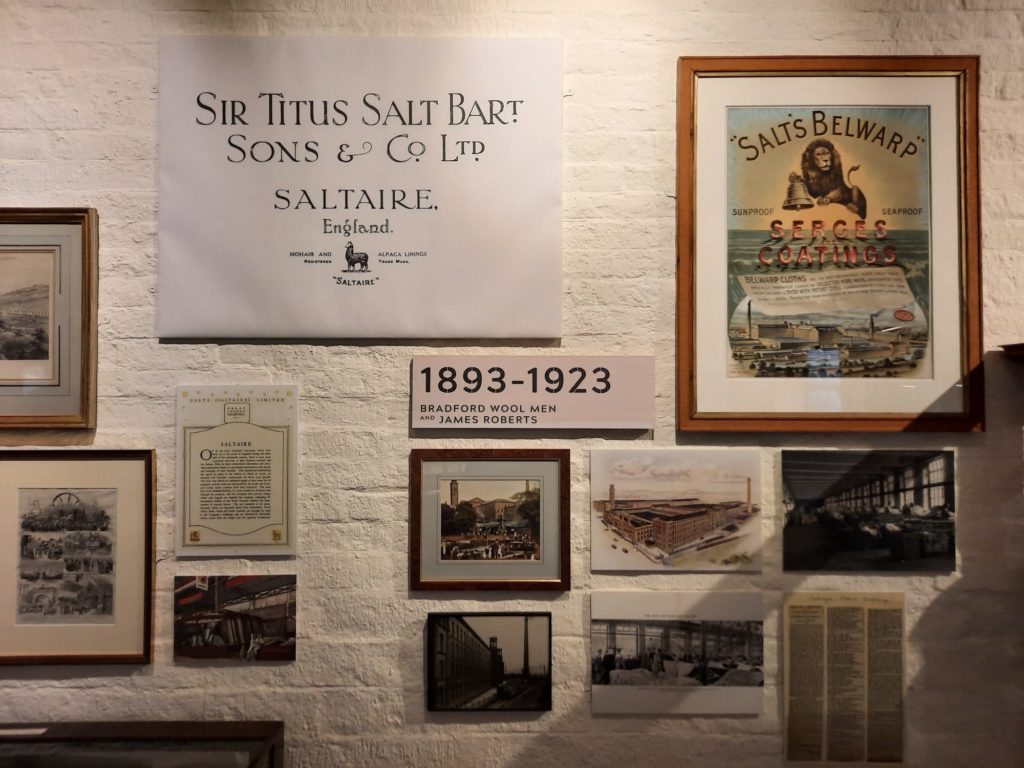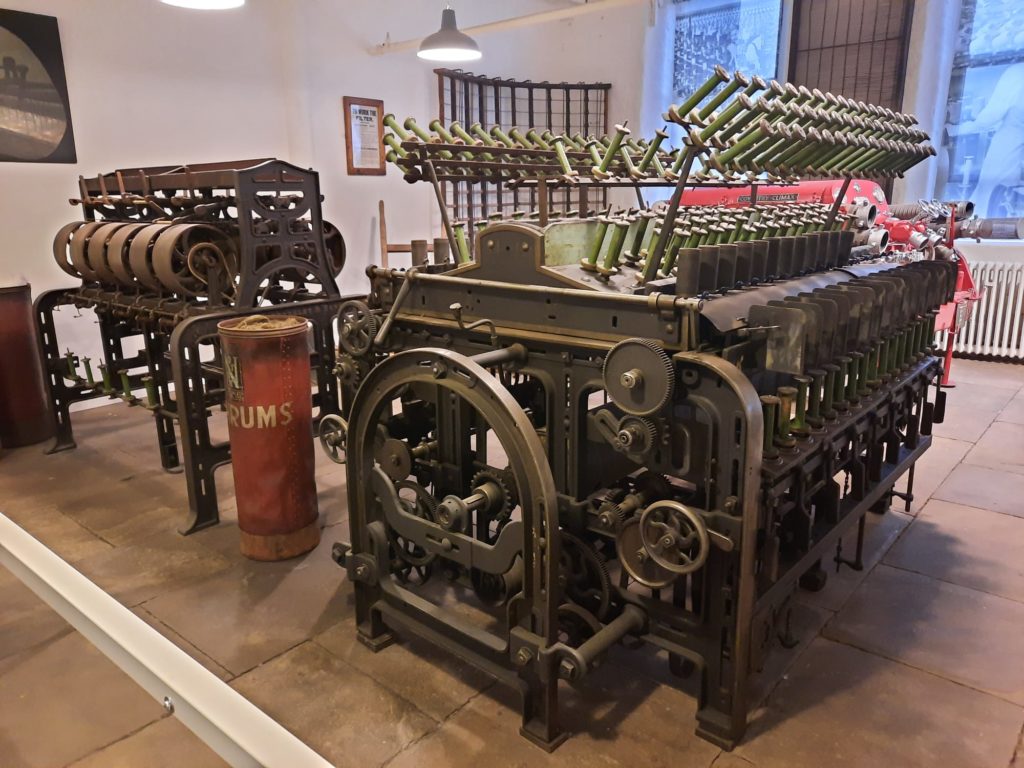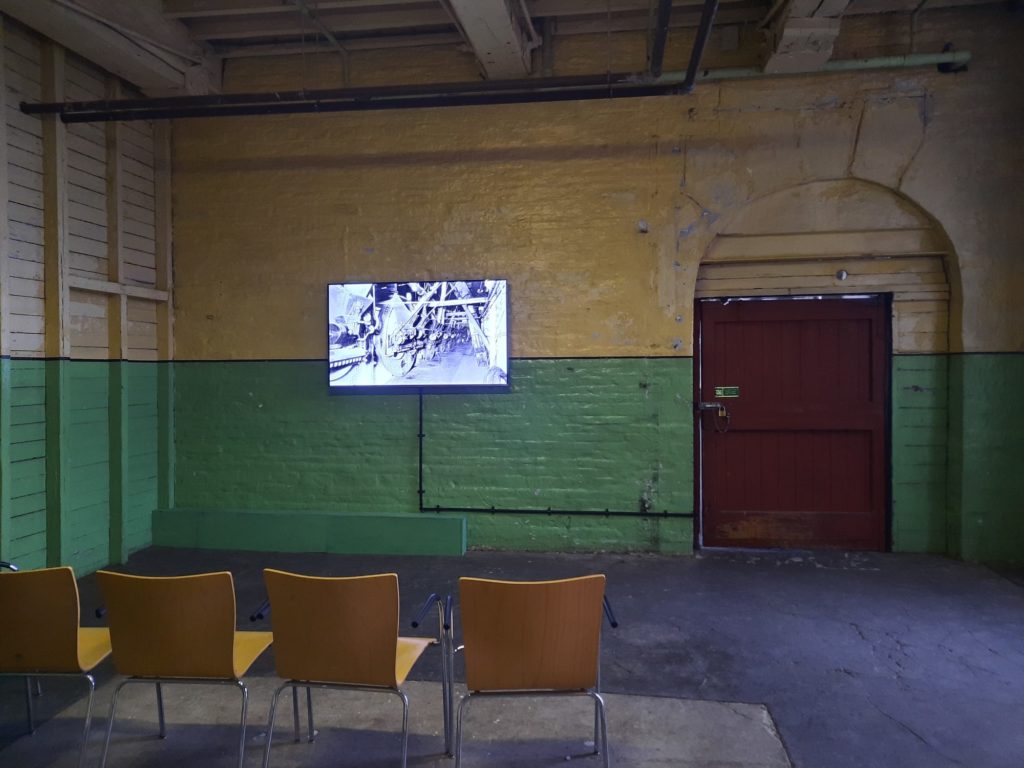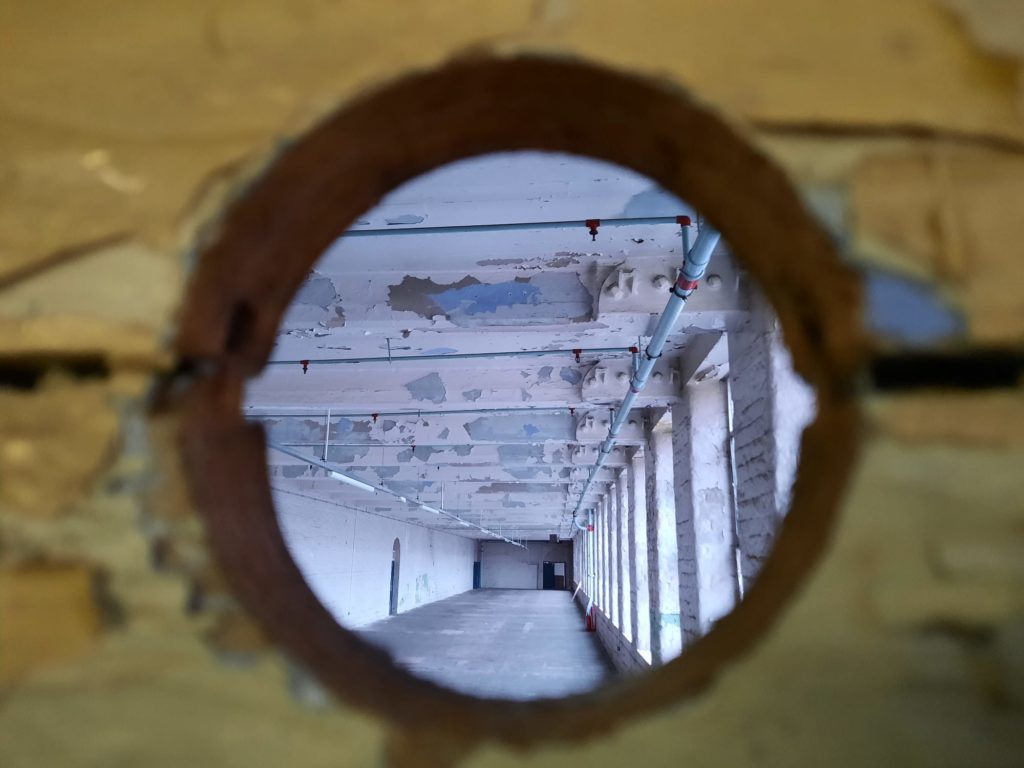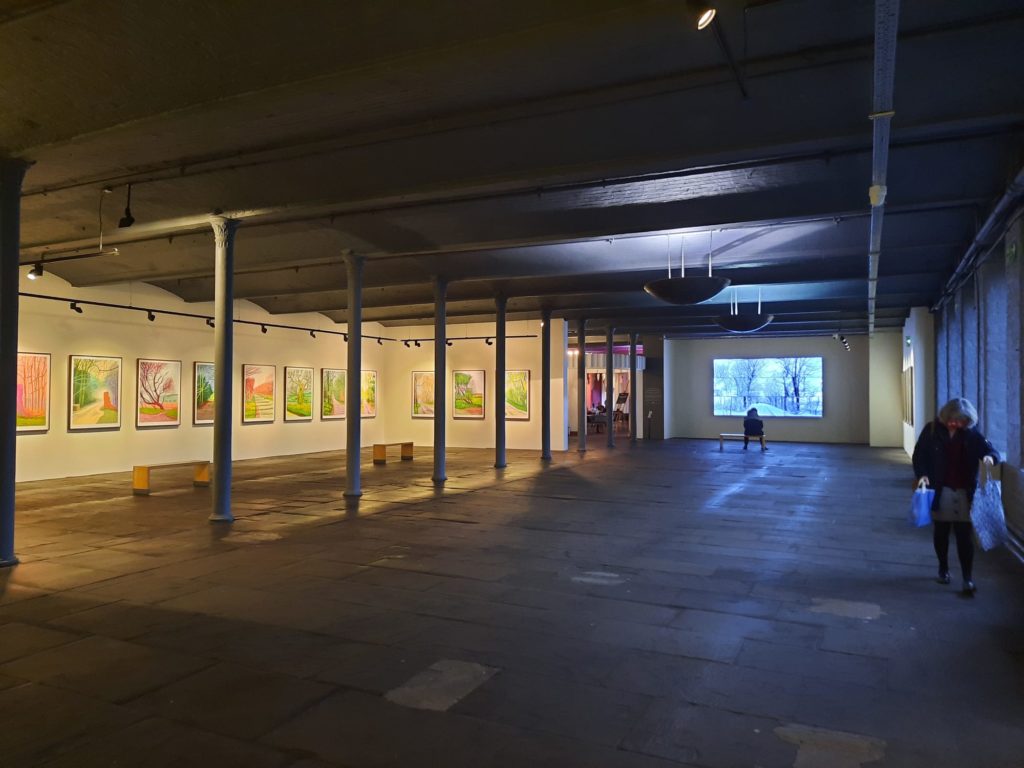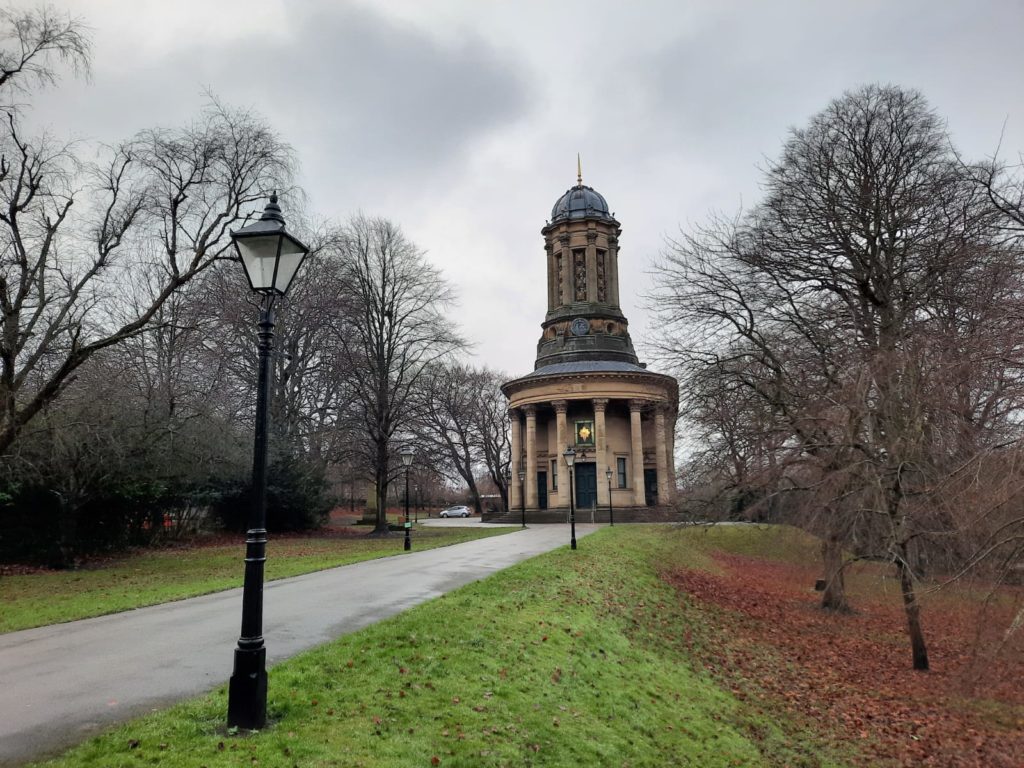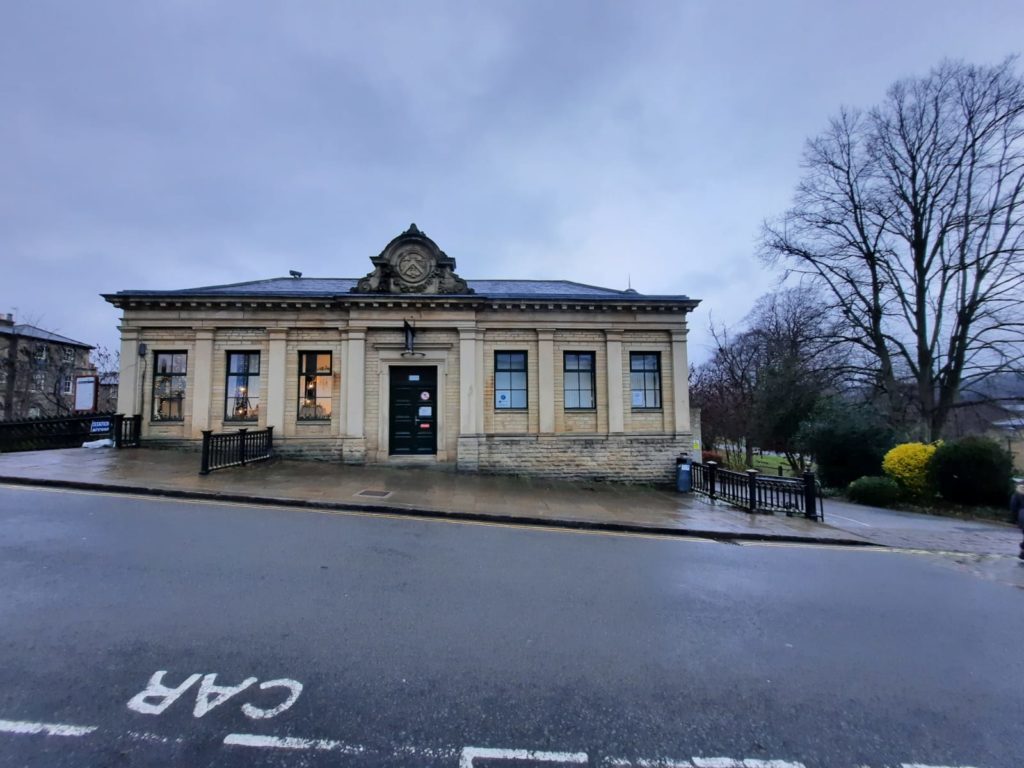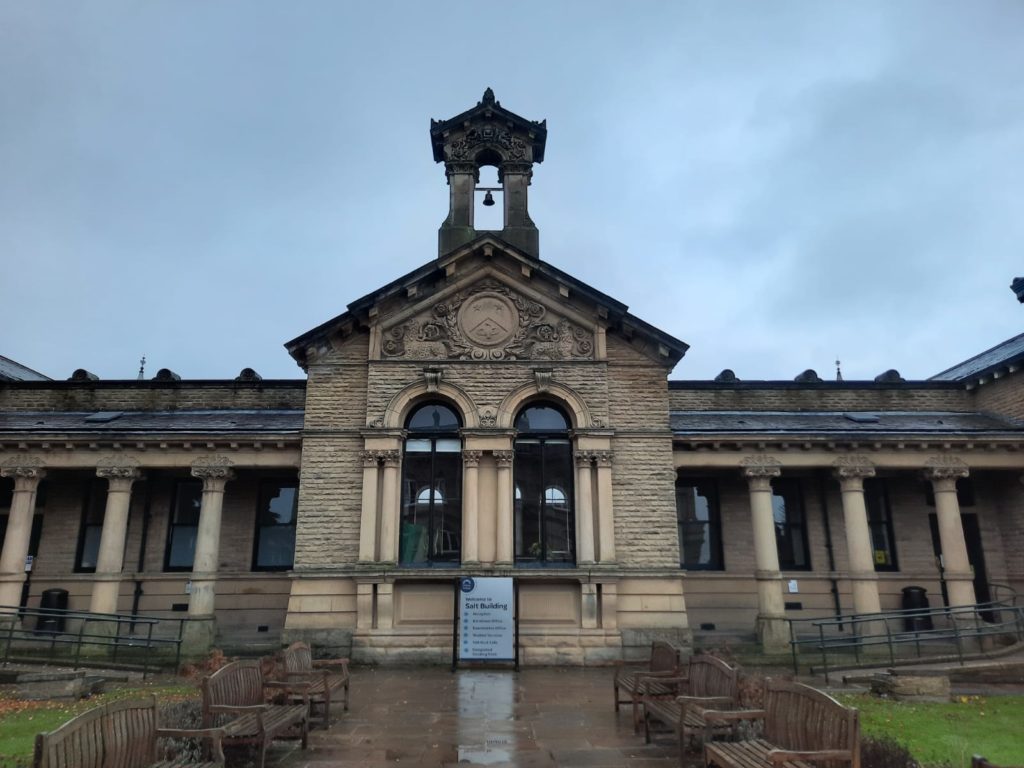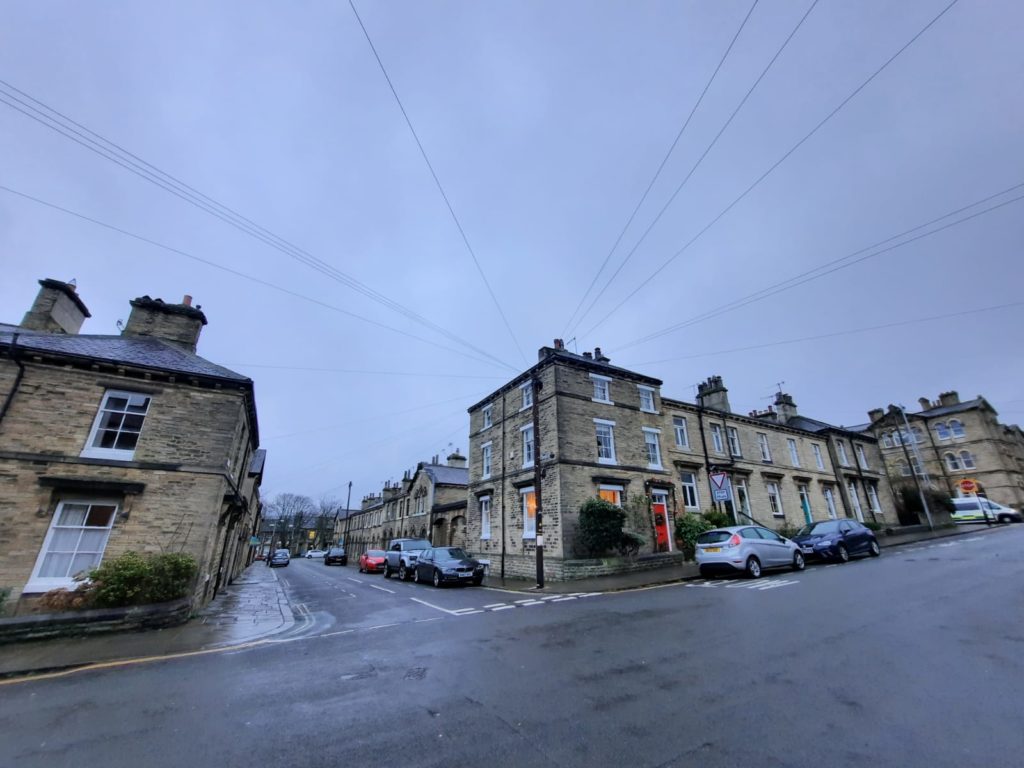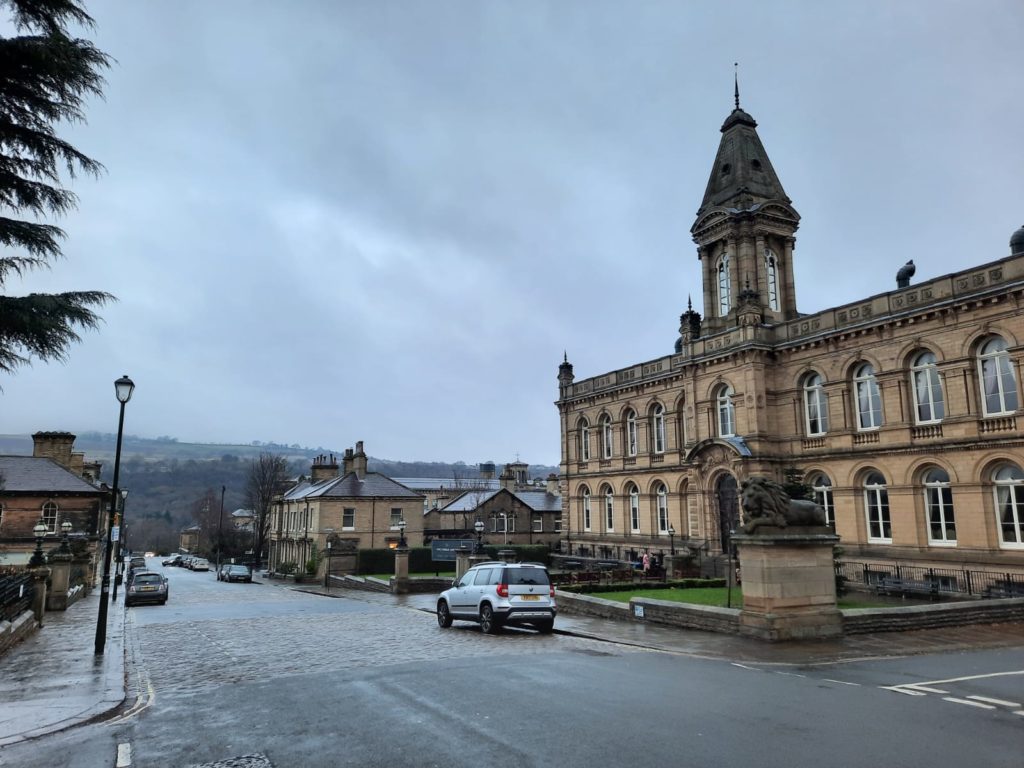Saltaire – Bradford’s Model Village
A description of a visit to Saltaire, a Victorian model village centred on Titus Salt’s immense woollen mill. This UNESCO World Heritage site gives an interesting insight into the intersection of 19th Century philanthropy and business, and 20th Century regeneration.
Who Was Titus Salt And What Is Saltaire?
On a recent seasonal visit to Yorkshire (when I also visited the Hepworth Wakefield), I had the opportunity of visiting Saltaire. This wasn’t my first visit to this intriguing town, but marked the first time I explored beyond the vast Salt’s Mill complex. Saltaire, including Salt’s Mill, is inscribed on the UNESCO World Heritage register. I’ve written about UNESCO World Heritage before and the ambivalence I see in the scheme – a heritage site is only as good as its interpretation and maintenance. But it is still a handy way to understand the importance and uniqueness of places you may happen to come across.
Saltaire has gained this status because it is an important and largely intact model industrial village. It is the work of Sir Titus Salt (1803-76), and combines his name with Aire, the nearby river. Salt was a leading industrialist in the Yorkshire woollen industry, and had five separate mills in Bradford. In 1851 he moved his business to the greenfield site that is now Saltaire. The immense Salt’s Mill (my pictures don’t really do it justice) was designed to integrate all steps in the process; from freshly-shorn wool to finished cloth. Around this mill, Salt built housing for his workers (charged at market rent but far superior to Bradford’s slums). He also built civic infrastructure including a school, church, hospital, dining and bathing facilities.
Part of the reason that Saltaire is a UNESCO site is that it is an outstanding example of ‘philanthropic paternalism’. Like UNESCO World Heritage status itself, I find this a curiously ambivalent thing. It seems to me that men like Salt were genuine in wanting to improve the lives of their workers. It aligns closely in my mind with the 19th Century Christian version of charity and improving the lives of good, honest folk. Yet it is also true that happy and healthy workers would make more money for Salt. Like Ford paying his own workers a high salary so that they could buy Ford cars.
Let’s take a look at Salt’s Mill and the town of Saltaire and see if we can make up our minds.
Salt’s Mill As Shopping Mall
Salt’s Mill itself has had an interesting life. When Titus Salt died, his son (Titus Jr.) inherited it. When he died, a partnership took over: James Roberts being the most notable partner with a philanthropic approach akin to Salt’s. Roberts died in 1918, and a syndicate paid £2 million for the mill and village. There were various ups and downs and changes of hands; including the sale of the village to the Bradford Property Trust Ltd. in 1933. Salt’s Mill remained a textile mill until 1986, when it was finally done in by changing fashions, cheaper man-made fabrics and overseas competition.
The following year, entrepreneur Jonathan Silver bought it and began to redevelop it. The mill became a mixed use space for businesses, shops and leisure. Today the primary interaction of the public with Salt’s Mill is as a location for shopping (books, art supplies, home furnishings etc.) and for its eating establishments.
When we visited Salt’s Mill we had shopping in mind. The huge open spaces of the factory floors make for a nice, spacious shopping experience. At the same time, it’s hard not to be a little overawed by them. Original features like stone floors and staircases, brick ceilings and metal pillars are still in place. Stock in the shops is so well-spaced that I found myself wondering how on earth anyone turns a profit. It must cost an absolute fortune to heat and light! Let alone repairs and suchlike for a 150 year-plus building.
Nonetheless, as a shopping and leisure destination, Salt’s Mill is pleasantly unique. And has a couple of fabulous bookshops, one specialising in art. If you’re in the area, I would highly recommend stopping in for the dual purpose of checking out the mill building and maybe picking up a book or two. There are also a few curiosities to be found; one of the images above shows the Silver family’s Burmantofts pottery collection. Not sure sure why it’s there, but it’s certainly quite striking!
Salt’s Mill As An Art Space And Museum
Regular readers know that I am at heart a big history nerd and will always choose a museum over shopping. So despite the very pleasant nature of the Salt’s Mill shopping experience, it wasn’t long before I was off to find the historic display. This is handily on the same floor as an art gallery with a David Hockney exhibition.
The museological display at Salts Mill is very simple. There are some reproduction historic images, sample fabrics, machines and tools and the like. The part I liked best was a video outlining the mill and town’s history. If you visit Saltaire, I would highly recommend coming to see this first. It gave me a much better understanding when I came to look around the town. Also striking is a map which shows the global reach of Salt’s industrial empire. From this little corner of Yorkshire, raw materials came in from Peru, South Africa, China, Russia and India (Salt was an early adopter of unusual fibres like alpaca). And finished products went out across the British Empire and beyond, to New Zealand, Scandinavia, the Middle East, North and South America, etc.
And as for the 1853 Gallery, I discovered an old friend. David Hockney’s Arrival of Spring is on more or less permanent display here. Not the newest one we saw at the Royal Academy, this is an earlier spring. I quite liked it in this setting near Hockney’s hometown. More so perhaps than I did as a big London exhibition.
For those, like me, who can’t come to such a historic site without wanting to know more, I think they have done a very good job at Salt’s Mill of providing this historic context. And a bit of art to boot. It balances out the commercialisation of the space. And if you peep through the door in the room with the video, like I did (image above), you can see unused factory spaces stretching out before you and see what a labour of love Jonathan Silver undertook.
Saltaire
We have seen what there is to see in Salt’s Mill, so let’s head out into the town. Salt’s Mill is adjacent not just to the River Aire, but also the Leeds and Liverpool Canal. A lot of redevelopment has happened over the years and the houses are still real houses that people live in, but the cohesive architectural style is still apparent. The ‘philanthropic paternalism’ is also apparent in some of the civic buildings; Salt didn’t want his workers hanging out at the pub, so one of the grandest buildings is instead a sort of community centre where locals could do gymnastics, hold meetings etc. This is what I mean about the ambivalence – the Victorian philanthropists tended to treat the objects of their generosity a little like children, hence ‘paternalism’.
Saltaire today is still rather charming. There seem to be a lot of independent shops, and a good sense of community abounds. Heavy traffic through the village is a current issue – without this it might even be idyllic. If Titus Salt were to see his village today I’m sure he would be sad it no longer follows his model. But would he be proud of his legacy? Perhaps – it’s hard to say. For all its ambivalence, at least philanthropic paternalism had some sort of moral guiding force. Today’s property developers could learn a lesson about trying to improve lives through good planning and architecture. For that, certainly, Salt can hold his head up high.
I hope this little exploration has given you a taste for Salt’s Mill and Saltaire. I enjoyed my afternoon here, and would happily come back with a little more time to explore some more of the town.
Salterton Arts Review’s rating: 3.5/5
Sign up to the Salterton Arts Review newsletter for more history and travel inspiration:
If you see this after your page is loaded completely, leafletJS files are missing.

